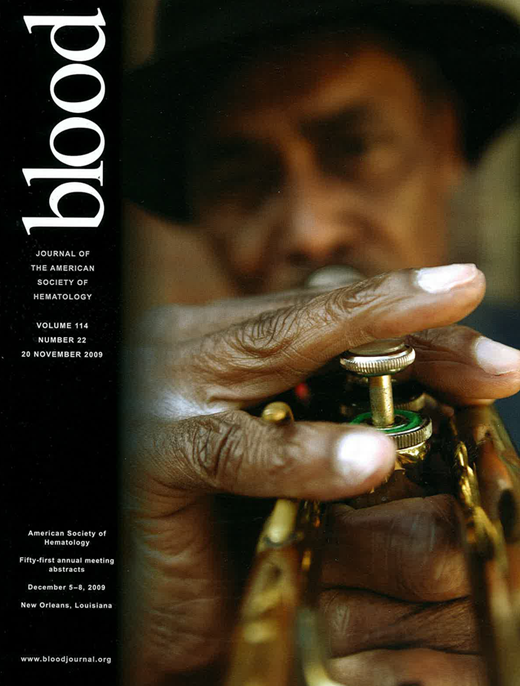Abstract
Abstract 1530
Poster Board I-553
The Cooperative Study of Sickle Cell Disease (CSSCD) was a landmark prospective observational study that helped to define the natural history of sickle cell disease. Although this study provided (and is still yielding) a wealth of robust data, there are still gaps in knowledge on long term complications, especially in adults. In addition, the CSSCD was conducted by investigators at specialized centers, and it is possible findings might be different in a population based cohort. Therefore, we wished to use available administrative datasets to study Californians with sickle cell disease (SCD) and create a California Sickle Cell Database (CSCD).
We conducted a retrospective study with which to determine complications and health care utilization amongst patients with sickle cell disease. The California Office of Statewide Health Planning and Development (OSHPD) Hospital Discharge Dataset (HDD) collects data on all hospital discharges in California (exclusive of federal facilities) since 1991. Since 2005, all non-federal emergency department (ED) visits have also been reported to the Emergency Department Utilization (EDU) system of OSHPD. Data elements include basic demographics and diagnoses. Patients can be tracked using social security numbers; therefore, longitudinal data on individual patient hospitalizations and ED utilization can be generated. The ICD-9 codes used were 282.6X.
There were 11,351 individual SCD patients identified in the OSHPD HDD (1991-2007) and EDU (2005-2007) data systems. Analysis to date has yielded some basic demographic data on utilization. Females comprised 59.3% of the cohort. As anticipated most patients (81.9%) were non-Hispanic Black. However, 7.9% were reported as non-Hispanic White and 6% as Hispanic. The majority was less than 60 years of age; however, 744 were between 60-69 years and 406 were 70-79 years of age. There were 124,455 admissions of patients with SCD from 1991 to 2007 (mean ± SD =7321 ± 473 per year). 2135 ± 168 patients per year accounted for these hospitalizations with mean hospitalizations per patient of 3.4 with SD's from 3.6 to 4.6. In the three years 2005-2007 inclusive a mean of 1,871 ± 127 patients a year utilized the ED. The mean number of ED encounters per year per patient was 5 with SD's of 13 to 22.
Limitations include those inherent with any retrospective study dependent on administrative data, including inaccurate coding. In addition, true prevalence could be underestimated due to the acquisition bias of the requirement for hospitalization and/or ED utilization to be counted. Longitudinal data may be affected by migration to other states. Nonetheless, the large number of identified cases in the CSCD will allow determination of rates for many complications of interest that commonly require hospitalization and/or ED utilization, and provide important information on the individual and societal burden of disease.
No relevant conflicts of interest to declare.
Author notes
Asterisk with author names denotes non-ASH members.

